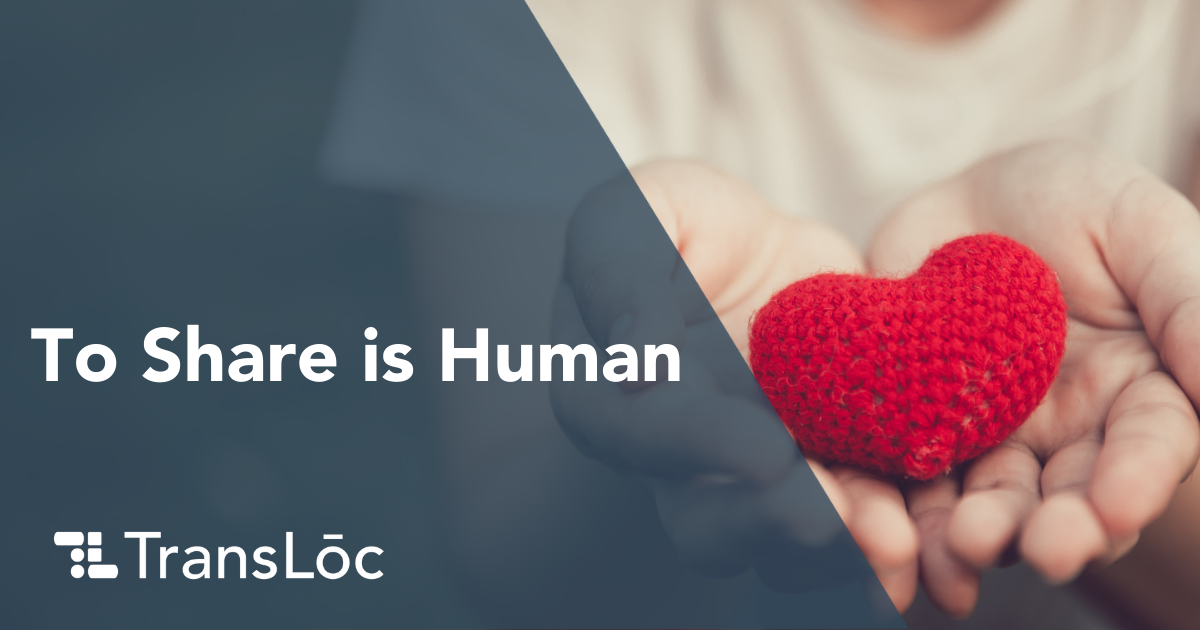
Our transportation system is evolving, and the year 2020 forced an unparalleled rate of change. Falling transit ridership and soaring automobile sales have led some to predict the end of shared mobility and the obsolescence of public transit. While I agree that the future must look very different from the past, I do not believe that sharing is dead. Quite the opposite: sharing is what keeps us alive.
There are many material arguments for shared mobility, such as reduced emissions, economic opportunity, and equitable investment. I support these arguments, but at this moment in our history I’m more interested in the immaterial need for sharing. I believe that shared transit makes us better neighbors, and more empathetic; I believe that transit can heal us.
The past year has been traumatic. Personally, societally, and culturally. We’ve learned to fear and avoid each other. This isn’t the first time we’ve been through this. The pandemic of 1918 inflicted a societal trauma that lingered for decades in the form of modernist architecture and planning. Modernism preached sterile structure over organic messiness. The result was a society spread apart, a move from community and proximity to isolation and suburbanization. But we don’t have to repeat the mistakes of the past.
We ask ourselves how we will heal our fractured society? The answer is through sharing. Sharing a meal with a friend, sharing a handshake with a stranger, or sharing a bench with a fellow bus rider. Sharing is in our nature, it makes us human. We long to share. Sharing helps us find common ground, and gives us opportunities to be kind. Sharing transit allows us to give up our seat to someone in need, to hold the bus while a stranger dashes to the stop, or to help a newcomer find their way.
It’s a magical thing to receive these acts of kindness, and it is a transformative action to give them. Transit gives us countless opportunities to give and receive kindness. To practice this critical skill before we forget it entirely.
Ultimately, we have a choice. We must all ask ourselves what comes next, because we cannot return to the way things were. We can choose a world of isolation, sterile environments sealed and secured from the outside world. Or we can choose to share, to meet our neighbor without fear, to lift each other up when we stumble.
The good news is that many Americans have already made a choice, or at least taken the first step. In 2020, ballot measures for transit investment were approved by a historic high of 92%. More than ever, we want to reconnect ourselves and our cities. But funding is just one piece of the puzzle. How we use these funds to invest in our communities will determine the future of shared mobility in the United States. We can’t keep building the same things and hoping for a different outcome. Transit providers must seize opportunities in new mobility to empower individuals and heal communities, such as leveraging microtransit to spur economic development.
I know my first time back on the bus after isolation will feel strange. I may be nervous, uncertain, uncomfortable. But I hope that I’ll be able to find my seat, smile at my fellow riders, and learn to share again.
Download our white paper, “Driving Economic Development with Microtransit,” to get a closer look at how communities across the country are embracing new approaches to mobility to drive economic development.